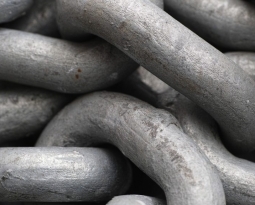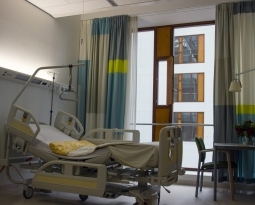US Department of Agriculture Tackles Cercospora Leaf Spot Disease
Cercospora leaf spot disease is an infectious disease affecting a range of plants in landscapes and nurseries. The disease is the result of the fungus Cercospora beticola and occurs wherever table beets, swiss chard, sugar beet, and spinach are grown and is one of the most important diseases affecting the Chenopodium group. The disease leads to significant losses especially in late summer. The leafy greens become unmarketable and the beet roots fail to grow to full size.
With such an impact, it’s no surprise that plant pathologist, Nathan Wyatt, has committed to researching this disease. The project, which is underway at the U.S. Department of Agriculture’s Agricultural Research Service, will aim to find a way to more efficiently control the disease in sugargeats. It will also look into how to reduce fungicide resistance to the pathogen.
Nathan Wyatt, who works in the Edward T. Schafer Agricultural Research Center’s Northern Crop Science Laboratory in Fargo, North Dakota will be conducted during the next few years to fine tune the model that predicts when the risk of cercospora leaf disease is at a level at which growers can respond by spraying fungicides on the sugarbeets.
The research will focus on looking at the thresholds of relative humidity and temperatures at which you start to see cercospora leaf spots. Wyatt will use that research, which identified weather conditions conducive to cercospora leaf spot disease development, together with new information about asymptomatic infection to devise more specific fungicide predictions.
Currently, the 2022 NDSU sugarbeet production guide recommends that farmers begin spraying fungicides early on and then spray every 10-14 days for the remainder of the season.
Data will be collected this summer, and field trials will get underway in 2023, Wyatt said. The goal is to have prediction models available for sugarbeet cooperatives in 2024.
Are you developing new technology for an existing application? Did you know your development work could be eligible for the R&D Tax Credit and you can receive up to 14% back on your expenses? Even if your development isn’t successful your work may still qualify for R&D credits (i.e. you don’t need to have a patent to qualify). To find out more, please contact a Swanson Reed R&D Specialist today or check out our free online eligibility test.
Who We Are:
Swanson Reed is one of the U.S.’ largest Specialist R&D tax advisory firms. We manage all facets of the R&D tax credit program, from claim preparation and audit compliance to claim disputes.
Swanson Reed regularly hosts free webinars and provides free IRS CE and CPE credits for CPAs. For more information please visit us at www.swansonreed.com/webinars or contact your usual Swanson Reed representative.

















